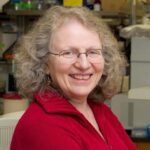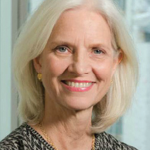Over the course of nine decades—and despite many organizational name changes—interest in the field of rheumatology has flourished. Our understanding of rheumatic diseases has exploded, and our ability to help our patients has improved enormously. The membership of the ARA/ACR exponentially increased from 75 members in 1934 to more than 8,100 members in 2015.
Anyone who has attended the ACR/ARHP Annual Meeting does not have to be told how attractive it has become and how interesting and richly informative it is. The Annual Meetings, boasting speakers and moderators from more than 30 nations, have become the de facto international rheumatology meeting; it currently attracts more than 15,000 attendees from more than 100 countries from around the world. Indeed, there were more attendees from outside the U.S. (~60%) than from the U.S. (~40%) at the 2014 meeting.13
We can confidently look forward to continuing growth, as our understanding of the mechanisms that lead to the rheumatic diseases and the therapeutic tools available to us both continue to grow.

Dr. Antonelli
Maria J. Antonelli, MD, is a native Clevelander; after spending six years in training at Case Western Reserve University at MetroHealth Medical Center, she just could not get enough. She is a new staff rheumatologist there (since July 2015).
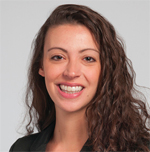
Dr. Cassandra Calabrese
Cassandra M. Calabrese, DO, is doing her fellowship in both rheumatology and infectious disease at the Cleveland Clinic. She did her internal medicine residency at the Cleveland Clinic and served as the chief medicine resident prior to fellowship.
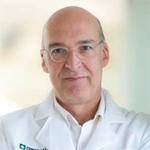
Dr. Leonard Calabrese
Leonard H. Calabrese, DO, is a professor of medicine at the Cleveland Clinic Lerner College of Medicine of Case Western Reserve University and vice chair of the Department of Rheumatic and Immunologic Diseases. Dr. Calabrese, a Master of the American College of Rheumatology, is the director of the R.J. Fasenmyer Center for Clinical Immunology at the Cleveland Clinic.
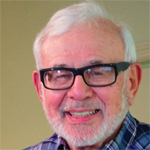
Dr. Kushner
Irving Kushner, MD, is an emeritus professor of medicine at Case Western Reserve University. A Master of the American College of Rheumatology, he served many years as director of the Division of Rheumatology at MetroHealth Medical Center in Cleveland.
References
- Stecher RM. The American Rheumatism Association; its origins, development and maturity. Arthritis Rheum. 1958;1(1):4–19.
- Smyth CJ, Freyberg RH, McEwen C. History of Rheumatology. Atlanta: Arthritis Foundation, 1985.
- Pisetsky DS. The ACR at 75: A Diamond Jubilee. Chapter 1. E. P. Engleman. The History of ACR: Before 1970. Hoboken, N.J.: Wiley-Blackwell, 2009.
- Hunder GG, Matteson EL. Rheumatology practice at Mayo Clinic: The first 40 years—1920 to 1960. Mayo Clin Proc. 2010;85(4):e17–e30.
- Ropes MW, Bauer W. Synovial Fluid Changes in Joint Disease. Cambridge, Mass.: Harvard University Press, 1953.
- Kushner I, Samols D. Oswald Avery and the pneumococcus. Pharos Alpha Omega Alpha Honor Med Soc. 2011;74(2):14–18.
- Christian CL. The Discovery of the Rheumatoid Factor. II. Rose, Ragan, Pearce & Lipman. 1948. Clin Exp Rheumatol. 1998;16(3):345–349.
- Clough JD. To Act as a Unit: The Story of the Cleveland Clinic, 4th ed. Cleveland: Cleveland Clinic Press, 2004.
- Haden R. Types and treatment of chronic rheumatism. Proceedings, Minneapolis Assembly, Inter-state Post Graduate Medical Association of North America. 1930:404–408.
- Stecher RM. Hereditary factors in arthritis. Med Clin North Am. 1955;12:499–508.
- Stecher RM. Heberden’s nodes; a clinical description of osteo-arthritis of the finger joints. Ann Rheum Dis. 1955;14(1):1–10.
- American College of Rheumatology Annual Report 2009.
- Willmon J. ACR staff. Personal communication. 2015 Jul 21.
